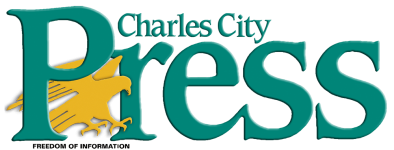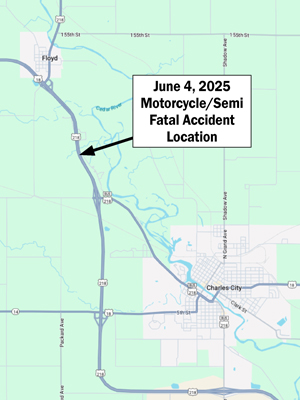Grade-alike brings focus, consistency in first year
Grade-alike brings focus, consistency in first year
School reconfiguration deemed an initial success by staff
Drive past either elementary school during the lunch hour and students can be seen laughing, chasing and playing all around the playground. A spectator would never know half of the children playing are brand new to the school.
Last spring, after extensive conversation and preparation with administration, the Charles City School Board approved arranging the elementary schools into a grade-alike configuration. Previously, both Washington and Lincoln Elementary Schools served kindergarten through fifth-grade. Now, Washington houses students kindergarten through second-grade and Lincoln is home to students third- through fifth-grade.
Although recess appears unchanged, elementary principals Kara Shannon and Marcia DeVore notice several positive differences, largely consistency and focus.
“We’re putting way more effort in staying consistent,” Shannon said.
One way in which consistency has been increased is through more effective teacher collaboration.
“Now we can schedule a meeting from 7:30 to 8:30 a.m. and can have very productive meeting in the morning,” DeVore said. Prior to the grade-alike configuration, elementary-wide productive meeting times could not be scheduled as half of the teachers needed to have time to return to their schools.
Shannon has noticed more spontaneous communication between teachers of the same grade.
“There are a lot more standing meetings,” she said.
DeVore agreed, noting that in between classes, one teacher will give another some quick advice or feedback on the effectiveness of a class activity.
Teachers are also able to better focus on the individual needs of their students and how the class is developing as a whole.
“You do see more of a band of needs,” DeVore said.
For example, at Lincoln the fourth-grade class may need a gentle reminder of recess expectations. Grade-alike provides an opportunity to present expectations to all of the students at once and ensure the same message is being shared throughout the grade.
Students are also benefiting academically from grade-alike.
Talented and Gifted (TAG) teacher Ann Prichard is no longer dividing her time between schools to meet with one class. She is now able to spend more time with an entire grade level because she does not have to travel. This efficiency has also enabled her to work with younger students.
“She definitely has more time at lower elementary levels — they are not necessarily identified for TAG, but she can do enrichment activities,” Shannon said.
Other students are being provided increased instruction in areas of difficulty.
“We now have the ability to group kids for these interventions,” DeVore said.
“That is a much more efficient use of our time.”
According to Shannon and DeVore, students and teachers have acclimated well to the grade-alike structure.
Teachers appreciate being able to collaborate collectively on curriculum and students appear to enjoy having more classmates to play with at recess. their students and how the class is developing as a whole.
“You do see more of a band of needs,” DeVore said.
For example, at Lincoln the fourth-grade class may need a gentle reminder of recess expectations. Grade-alike provides an opportunity to present expectations to all of the students at once and ensure the same message is being shared throughout the grade.
Students are also benefiting academically from grade-alike.
Talented and Gifted (TAG) teacher Ann Prichard is no longer dividing her time between schools to meet with one class. She is now able to spend more time with an entire grade level because she does not have to travel. This efficiency has also enabled her to work with younger students.
“She definitely has more time at lower elementary levels — they are not necessarily identified for TAG, but she can do enrichment activities,” Shannon said.
Other students are being provided increased instruction in areas of difficulty.
“We now have the ability to group kids for these interventions,” DeVore said.
“That is a much more efficient use of our time.”
Teachers appreciate collaborating on curriculum and students to enjoy having more classmates to play with at recess.
By Amie Johansen amie@charlescitypress.com








Social Share